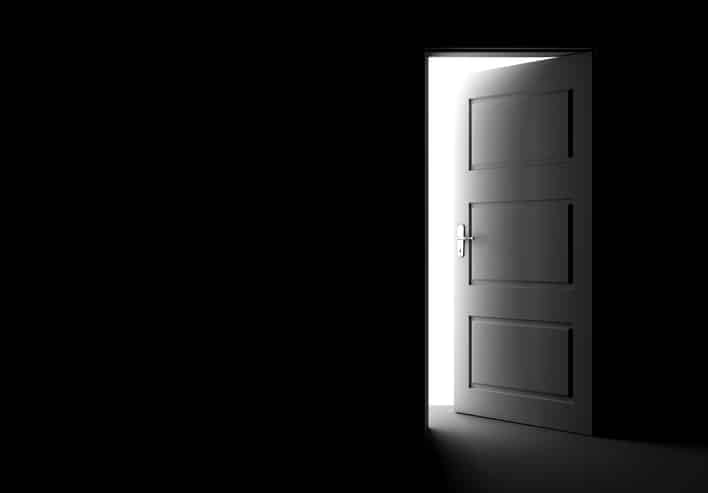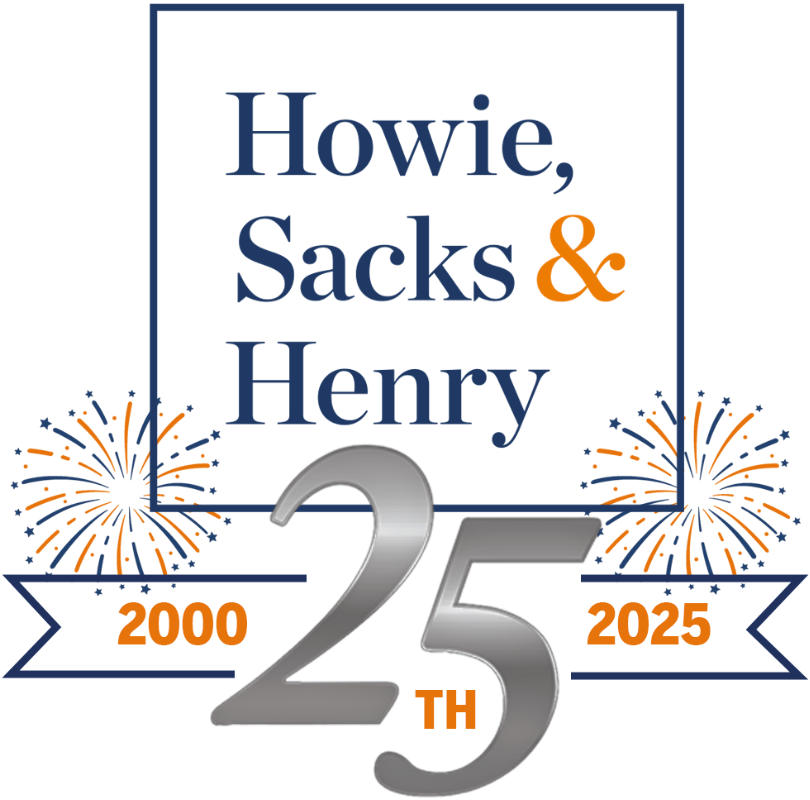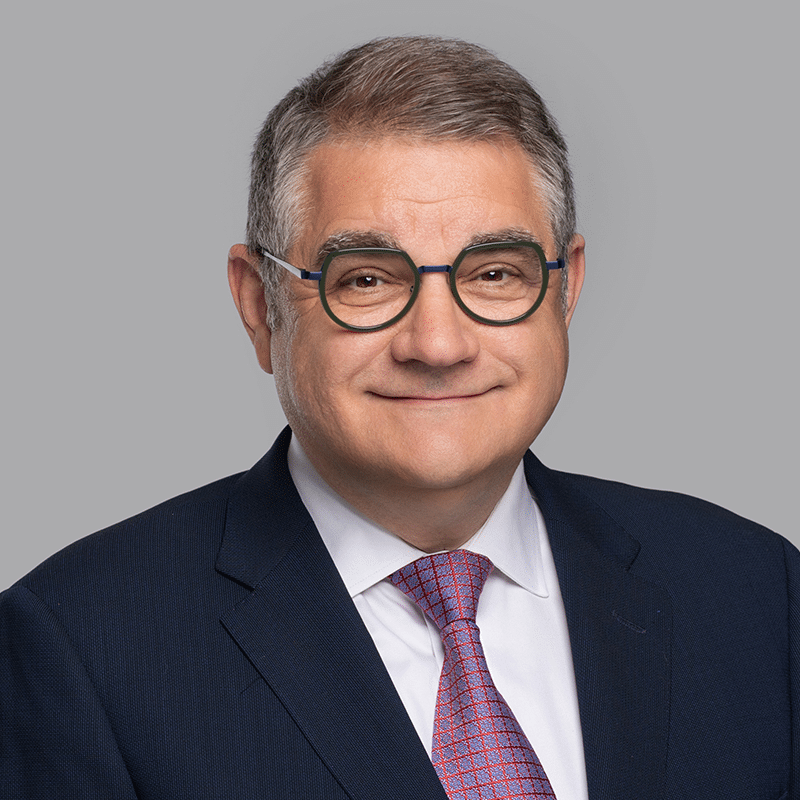
A dark room. It’s a place where many people with concussions go as they attempt to recover from a traumatic brain injury (TBI) that can cause sensitivity to light, noise and other stimulation. It’s also a metaphor for a place people with TBIs find themselves as they confront severe depression, anxiety and other psychological symptoms that can often result from these injuries.
“A Dark Room,” a superb documentary film on sports-related concussions, explores both treatment options and how some athletes who have sustained head injuries deal with the ups and downs of recovery. Purchased by the National Film Board of Canada, it has aired on CBC and is currently being used as an educational tool in high schools to prompt discussions about concussions in contact sports.
The three central figures in the film (former semi-professional hockey player Max Taylor, psychiatrist Dr. Shree Bhalerao and psychiatry resident Dr. Ryan Todd) all share a love of Canada’s game. Taylor’s promising career on the ice, like so many others, was brought to an end after a series of concussions made continuing impossible. Drs. Bhalerao and Todd, both natives of Saskatchewan who played the game as amateurs, treat many people in their practice who, like Taylor, have battled the psychological effects of a brain changing injury.
Although hockey is the lens through which viewers see this story, the lessons we can draw from this documentary have wide application. Concussions, like other TBIs, can be life-altering injuries. For players like Taylor, being sidelined with an injury removes them from their teams peer networks and support systems, and can leave them feeling isolated as they rest and allow the brain to recover. It can be an intensely lonely period when a person may feel misunderstood by people around them – especially if the injury causes changes in mood, personality, or functional ability.
In this blog post, I draw on the interviews from “A Dark Room,” to examine the paths to concussion recovery, the struggles patients may have with psychological symptoms and the emerging and exciting treatment option of neuroplasticity to help people with TBIs to exit that dark room and return to an active and enjoyable life.
Back To Square One
“That first concussion – it felt like I was back to square one in life,” recalls Taylor in the film. “I couldn’t talk. I couldn’t put words together. Everything bothered me. I couldn’t watch TV, I couldn’t have lights on. For five months I just sat in the dark waiting for these symptoms to subside.”
Rest alone may not lead to a full recovery for all people who have sustained concussions. While some systems may dissipate, other normal brain function may be permanently altered.
“The brain’s an intricate blob,” Dr. Bhalerao tells viewers. “It’s just a blob of stuff. The blob of stuff communicates with cells and neurotransmitters. It’s such a finely-tuned machine that any type of disruption makes it difficult to repair itself as it was before. If you were to slice the brain you’ll see it’s a nice, glistening picture of parallel circuits. When damage like this happens to the brain it loses that parallel circuitry. That’s one of the key elements that happens with concussions, you lose that symmetry and the connections obviously are lost.”
Psychological Effects and Physical Recovery
As Dr. Todd, explains, in additional to changes in functional abilities, “over the long term you can have the psychiatric effects. Depression, anxiety, suicidal thoughts. You’re more apt to use drugs and alcohol as well. A third of the patients we see go on to have these psychiatric effects after the three-month period that most people will clear from a concussion.”
Although mental illness still carries a stigma in society generally, the sports arena, which values toughness and determination to push through the pain, can be a particularly difficult place for players to speak about their internal struggles.
Sportscaster Michael Landsberg, who has spoken openly about his own battles with long-term depression suggests that “people ignore it because it’s not sexy and because it’s not a sports story. In a lot of ways the sports world isn’t really capable of dealing with something like this. This is totally out of their comfort zone.”
Yet Landsberg’s powerful advocacy offers a way to change perceptions. In a powerful segment of the documentary, he explains: “If you come out and share it with a group of people, or your boss, or a television audience, and you say it in a way that you have something to be ashamed of, then they’ll see it as a weakness. Say it weak and they’ll see you as weak. But say it strong… Come out and say ‘I suffer from a mental illness. For the last 15 years I’ve suffered from depression. Five times I’ve fallen into the deepest hole of depression and all five of those times I had no quality of life. But you know what? None of that was ever my fault. I didn’t choose it. Who would choose it? I couldn’t bring it upon myself and I couldn’t get out of it without help.’ You can tell me a lot of things about mental illness but you can’t tell me that it’s a reflection of weakness because I’m not weak.”
While they may show some vulnerability, as viewers hear from the likes of athletes like Taylor, former NHL star Eric Lindros and Olympian Haley Wickenheiser, it is clear they are speaking from a position of strength.
A Variety of Treatments
Interestingly, each of these players and each person with a TBI may share common symptoms or develop common psychological disorders, but respond to treatments in very different ways. As Dr. Todd notes: “We always say some therapies work for some people in some situations. It’s not as though every person with one disorder can get talk therapy. Some disorders don’t respond to talk therapy. Some disorders only respond to medication.” There is no once-size-fits all approach to treating mental illness or other symptoms of concussion.
One treatment which is eliciting much excitement within the field is the concept of neuroplasticity. Neuroplasticity is the idea that the human brain can be rewired through non-invasive treatment. The topic of a recent conference titled Understanding the Healing Brain, hosted by Howie, Sacks & Henry (HSH) and featuring a keynote address by noted expert Dr. Norman Doidge, neuroplasticity treatments help patients retrain their brain to form new connections and links in order to regain some functional abilities.
Dr. Bhalerao explains that recovery, including those involving neuroplasticity, take time, but can be very effective in helping people with TBIs emerge from the physical and metaphorical dark room. “Patience, patience, patience,” he cautions. “Inches equal miles. Things do not happen fast. We live in a world where there is instant gratification and instant change. I remind them that this is not what’s going to happen. You have changed. But, you have not changed totally. An analogy I like is if you have a wheel and you remove some of the spokes. The wheel still turns, but you have to get used to the new wheel. If you can move toward accepting that instead of constantly comparing – that is depressing. You have to focus on what you have.”
Conclusion
After suffering an injury that can cause a terrible loss – of functional physical ability, of psychological calm, of support networks – focusing on what you have can be difficult. However, knowing that even when there are fewer spokes on the wheel it can still turn should provide hope. With neuroplasticity’s ability to rebuild the wheel and add in new spokes, there’s even more room for optimism.
A long and slow recovery from TBIs is definitely an intense struggle, but there is light outside of that dark room. And the more that documentaries like “A Dark Room” shed light on this topic and destigmatize the effects of concussions, the better equipped all of us will be to join and support this recovery effort for our friends and loved ones.
If you’ve sustained a traumatic brain injury or concussion through a personal injury and have questions about your legal options to access funds to assist in your recovery, please contact Michael J. Henry at mjhenry@hshlawyers.com or 416-361-0889.






